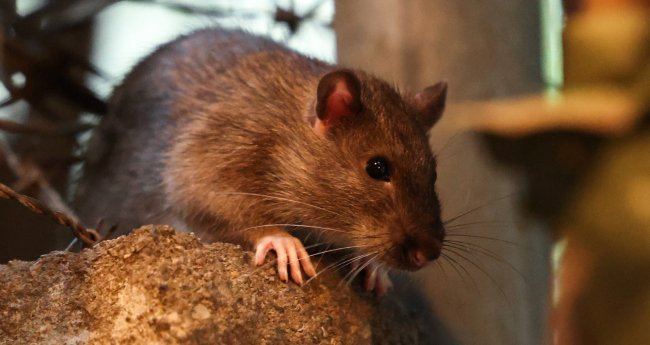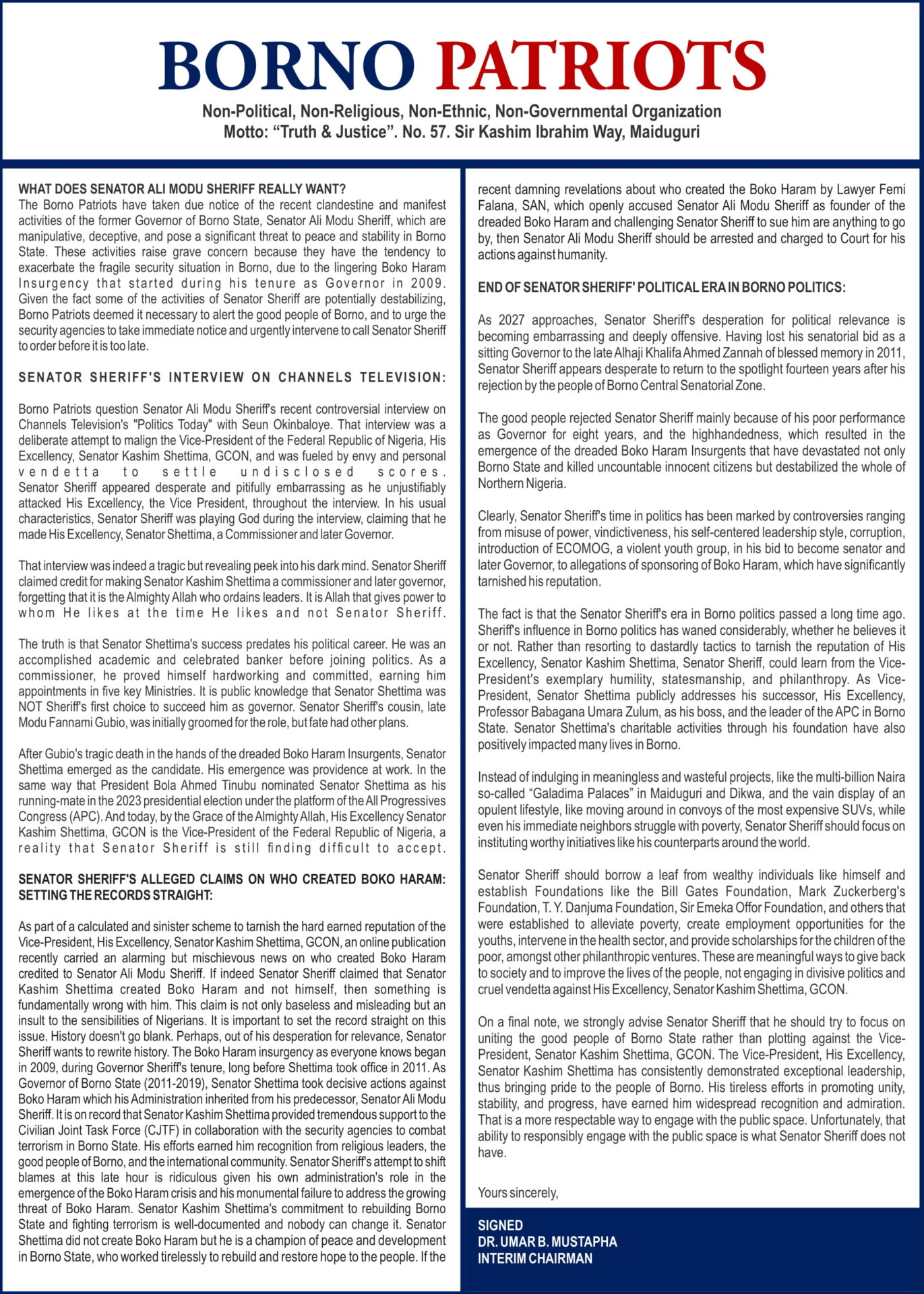NEW York is waging a war on multiple fronts to combat the near-ubiquitous rats that plague city streets and the subways, leaving some residents afraid to let their children walk on sidewalks.
Faced with an overwhelming and ever-growing problem, officials have moved beyond gassing burrows to suffocate rodents and are now using high-tech mapping tools to try and sterilise the population.
Alongside targeted interventions, officials are mounting an effort to educate the public about the need to avoid leaving behind food waste that feeds and sustains the rat population.
Caroline Bragdon, director of neighbourhood interventions for Pest Control Services within New York City’s Department of Health, told AFP that the lack of food “stresses” rats and other vermin.
“Perhaps this forces them to go further in search of food, but perhaps they simply have fewer offspring,” she said.
“That’s usually what we’re seeing. Fewer rats over time. Less breeding leads to less rat activity,” Bragdon added.
The city is testing out an arsenal of different tools in the Harlem neighbourhood, aiming to find new products and methods to tackle the rats.
For large, densely populated cities like New York — with its 8.5 million inhabitants — food sources for the rodents are bountiful, whether it’s on sidewalks, in overflowing trash bins, or in parks.
“Lately, I haven’t felt that I have to run in between the mounds of trash to run away from rats because they have those new (sealed trash) containers,” said Harlem resident Karen Del Aguila, 50.
Rats, which survive on practically the same diet as humans, can flourish even on items discarded as trash — like soda cans thrown into recycling bins, or crumbs given to pigeons, warned Bragdon.
A rat needs one ounce (28 grams) of food per day to sustain itself, and it can have up to 12 offspring per litter.
During its short life of less than a year, it can have between five and seven litters.
The best way to counter the scourge of rats is to “remove their food source… So make it harder for them, then they’re going to have to travel further to try and find something,” said Alexa Albert, a supervisor for the city’s pest control service.






